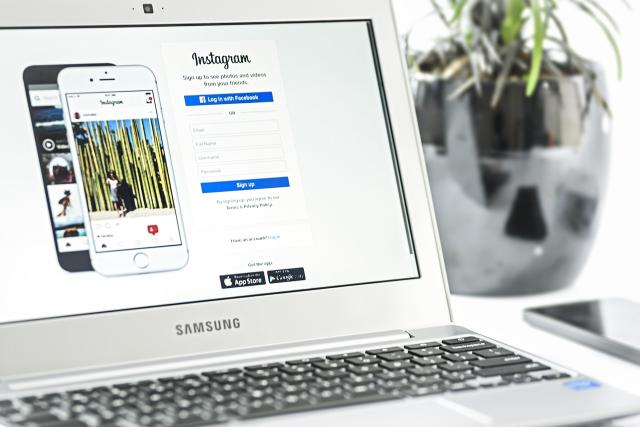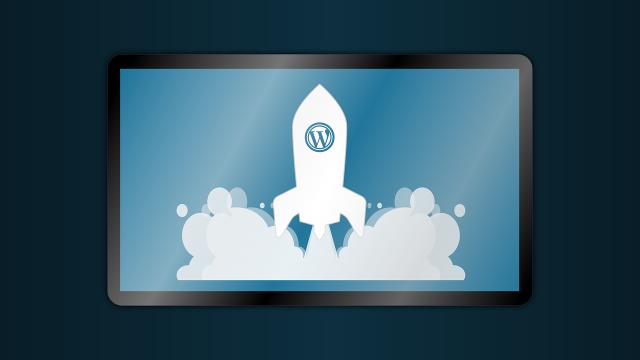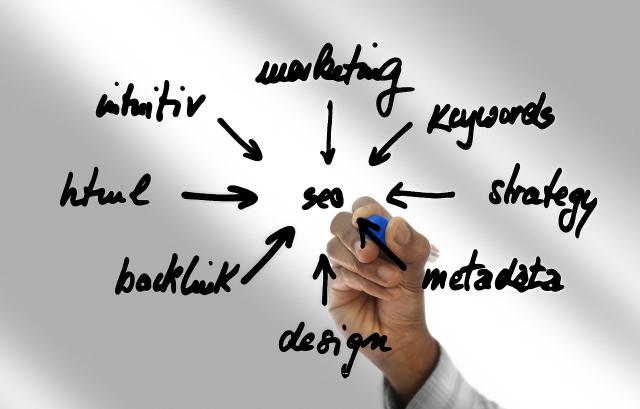
How to Install WordPress Locally: A Beginner’s Guide
How to Install WordPress Locally: A Beginner’s Guide
Are you eager to dive into the world of WordPress but unsure where to start? Installing WordPress on localhost is a fantastic way to experiment, learn, and develop your website without the pressure of going live. In this comprehensive guide, we’ll walk you through the steps to install WordPress locally, ensuring you have a solid foundation to build your online presence. Let’s get started!
Why Install WordPress on Localhost?
Before we jump into the installation process, let’s explore why you might want to install WordPress on localhost:
- Safe Environment: Testing your website locally means you can experiment without the risk of breaking a live site.
- Speed: Local installations are faster since they don’t rely on internet speed.
- Cost-Effective: You can learn and develop without incurring hosting fees.
- Full Control: You have complete control over your environment and can customize it to your needs.
What You’ll Need
Before we begin, ensure you have the following:
- A computer (Windows, macOS, or Linux)
- Internet connection (for downloading software)
- Basic understanding of file management
Step 1: Install a Local Server Environment
The first step to install WordPress on localhost is to set up a local server environment. This software simulates a web server on your computer. Popular options include:
- XAMPP: A free and open-source cross-platform web server solution stack package.
- MAMP: A free, local server environment that can be installed under macOS and Windows.
- WAMP: A Windows web development environment that allows you to create web applications.
For this guide, we’ll use XAMPP as an example. Here’s how to install it:
- Download XAMPP from the official website: Apache Friends.
- Run the installer and follow the prompts to complete the installation.
- Launch the XAMPP Control Panel and start the Apache and MySQL modules.
Step 2: Download WordPress
Now that your local server is up and running, it’s time to download WordPress:
- Visit the official WordPress website: WordPress.org.
- Click the “Download WordPress” button to get the latest version.
- Extract the downloaded ZIP file and rename the folder to your desired site name (e.g., “mywebsite”).
Step 3: Move WordPress to the Local Server
Next, you need to move the WordPress folder to the local server’s directory:
- Navigate to the XAMPP installation directory (usually located in C:\xampp\htdocs on Windows).
- Paste the renamed WordPress folder into the “htdocs” directory.
Step 4: Create a Database for WordPress
WordPress requires a database to store your content. Here’s how to create one:
- Open your web browser and go to http://localhost/phpmyadmin.
- Click on the “Databases” tab.
- Enter a name for your database (e.g., “mywebsite_db”) and click “Create.”
Step 5: Configure WordPress
Now it’s time to configure WordPress:
- Open your web browser and go to http://localhost/mywebsite.
- Select your language and click “Continue.”
- On the next screen, you’ll need to enter your database details:
- Database Name: The name you created earlier (e.g., “mywebsite_db”).
- Username: “root” (default for XAMPP).
- Password: Leave this blank (default for XAMPP).
- Database Host: “localhost” (default).
- Table Prefix: You can leave this as “wp_” or change it if you prefer.
- Click “Submit” and then “Run the installation.”
Step 6: Complete the Installation
Now, you’ll need to set up your WordPress site:
- Fill in the site title, username, password, and your email address.
- Choose whether to discourage search engines from indexing your site (you can change this later).
- Click “Install WordPress.”
Congratulations! You’ve successfully installed WordPress on localhost. You can now log in to your dashboard by going to http://localhost/mywebsite/wp-admin and using the credentials you just created.
Step 7: Customize Your Local WordPress Site
Now that you have WordPress installed, it’s time to make it your own. Here are some tips to get started:
- Choose a Theme: Go to “Appearance” > “Themes” to browse and install themes that suit your style.
- Add Plugins: Enhance functionality by adding plugins. Go to “Plugins” > “Add New” to explore options.
- Create Content: Start creating posts and pages to populate your site. Go to “Posts” > “Add New” to begin.
Common Issues and Troubleshooting
While installing WordPress on localhost is generally straightforward, you may encounter some common issues:
- Apache Not Starting: Ensure that no other applications (like Skype) are using port 80.
- Database Connection Error: Double-check your database name, username, and password.
Conclusion
Installing WordPress on localhost is an invaluable skill for anyone looking to create a website. It provides a safe space to learn, experiment, and develop your online presence without the pressure of a live environment. Now that you have the knowledge, take action and start building your dream website today!
For more tools and resources to enhance your SEO and website performance, check out SEO Report Master.
 ing a live site.
ing a live site.
Prerequisites for Installing WordPress Locally
To set up WordPress on localhost, you need a few essential tools:
- Local Server Software: Popular options include XAMPP, MAMP, and WAMP. These packages create a server environment on your computer.
- WordPress Package: Download the latest version of WordPress from WordPress.org.
Once you have these ready, we’re set to start the installation process. The following steps will guide you through it seamlessly.
Step 1: Download and Install Local Server Software
1. Choose your local server software (XAMPP is a common choice). Download it from Apache Friends.
2. Follow the installation instructions. During the installation, you can select components like Apache and MySQL, which are essential for running WordPress.
3. Once installed, launch the local server software and start the services (Apache and MySQL).
Step 2: Create a Database for WordPress
1. Open your local server’s control panel. This is accessible via a browser at http://localhost/phpmyadmin.
2. Click on the “Databases” tab, and you’ll see an option to create a new database. Name it something memorable, like wp_local, and click “Create.”
Step 3: Download and Set Up WordPress

1. Navigate to the WordPress.org website and download the latest version of WordPress.
2. Extract the ZIP file you downloaded. You’ll find a folder named wordpress.
3. Move this folder to the local server’s “htdocs” directory (for XAMPP, it’s usually located in C:\xampp\htdocs).
Step 4: Configure wp-config.php
1. Inside your newly created wordpress folder, find the wp-config-sample.php file. Rename it to wp-config.php.
2. Open wp-config.php in a text editor.
3. Fill in the database details:
define('DB_NAME', 'wp_local');
define('DB_USER', 'root');
define('DB_PASSWORD', '');
define('DB_HOST', 'localhost');
4. Save the changes and close the file.
Step 5: Run the WordPress Installation
1. Open your web browser and go to http://localhost/wordpress.
2. You’ll be greeted with the WordPress installation wizard. Choose your preferred language and click “Continue.”
3. Enter your site title, username, password, and email. Be sure to remember these credentials; you’ll need them to log in!
4. Click the “Install WordPress” button. Once the installation is complete, you will see a success message.
Step 6: Log Into Your Local WordPress Site
Your WordPress site is now live on localhost! To log in, navigate to http://localhost/wordpress/wp-admin and enter the credentials you created earlier.
Final Thoughts
Congratulations! You’ve successfully learned how to install WordPress on localhost. This powerful tool allows you to practice and develop your skills without any risks. Experiment with themes, plugins, and configurations to create the perfect site tailored to your vision!
Building your local environment is just the beginning. Consider exploring additional resources and tools, such as the ones found at SEO Report Master for optimizing your future website.
Don’t let the fear of failure hold you back. Start your journey with WordPress today, and unlock endless possibilities for your website development journey!
Professional SEO reports and tools
Identify technical SEO issues and take action to improve the health and performance of your website. Leverage advanced AI tools for SEO to gain deeper insights, and optimize your online presence more effectively.
Related posts

Optimizing Local SEO with Targeted Keyword Research Techniques
Learn how to optimize your local SEO with targeted keyword research. Our guide offers proven techniq...
11 months ago

Top WordPress Hosting 2024: Fast, Reliable, Affordable
Looking for the best WordPress hosting providers in 2024? Check out our top picks for reliable, fast...
11 months ago

Maximize SEO: Elevate Rankings with Canonical Tags
Boost your SEO game with Canonical Tags! Maximize your website's visibility and rankings with this p...
11 months ago